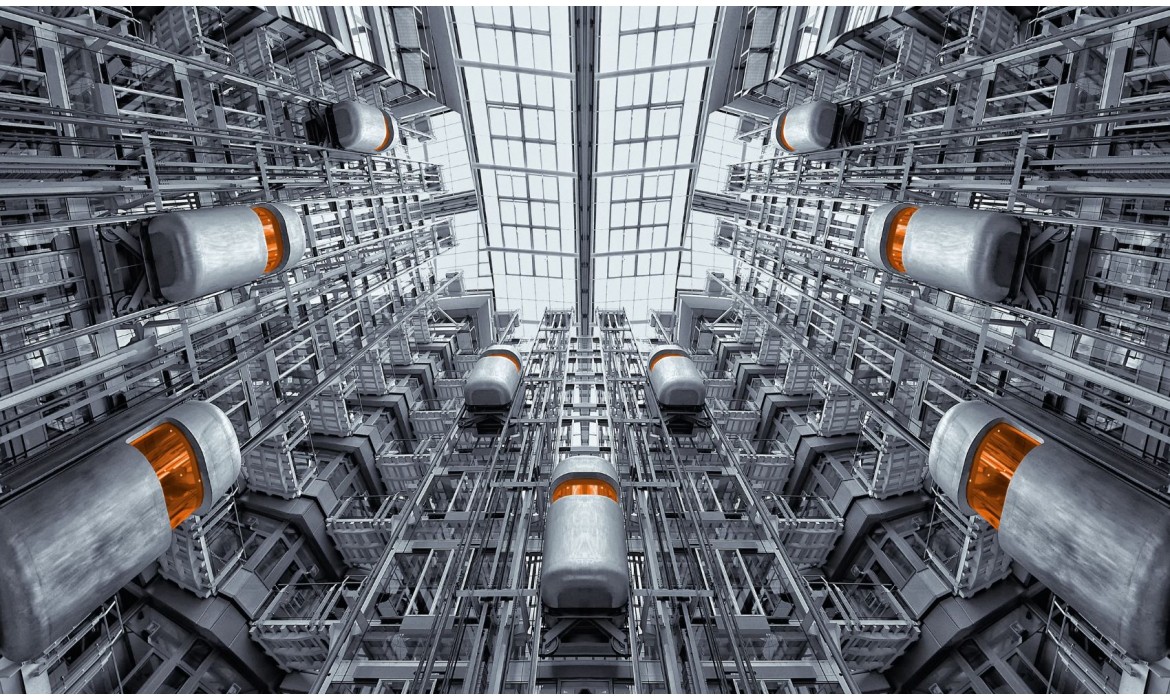Con la risposta a interpello n. 444 del 6 settembre 2022 l’Agenzia delle Entrate ha ammesso esplicitamente la possibilità, anche per gli immobili strumentali, di usufruire del bonus relativo alla rimozione delle barriere architettoniche.
Ricordiamo che nella eliminazione delle barriere architettoniche rientra ogni intervento che agevola la mobilità interna mediante l’utilizzo della comunicazione, della robotica e di ogni altro mezzo tecnologico avanzato, ivi compresa l’automazione degli impianti degli edifici e delle singole unità immobiliari.
In che modo l’Agenzia è giunta a tale conclusione?
Vediamolo assieme.
LA RISPOSTA DELL’ADE
Nel quesito sottoposto all’attenzione dell’Ade il contribuente, proprietario di tre immobili condotti in locazione, si rivolgeva all’Agenzia a fronte della richiesta di autorizzazione, da parte di alcuni conduttori, per effettuare gli interventi necessari alla rimozione delle barriere architettoniche, favorendo l’accesso ai locali da parte della clientela.
Il contribuente invocava, a tal fine, il tenore letterale dell’art. 119 ter, comma 1, del decreto rilancio (d.l. 34/2020), secondo cui la possibilità di ricorrere agli interventi di eliminazione delle barriere architettoniche viene accordata a «edifici già esistenti», purché gli interventi rispettino i requisiti previsti dal d.m. 236/89.
Poiché la norma si limita a richiedere che l'edificio sia semplicemente "esistente", senza ulteriori specificazioni, il contribuente riteneva applicabile il bonus anche agli immobili strumentali.
L’Agenzia, condividendo l’interpretazione normativa offerta dal contribuente, rispondeva positivamente all’interpello.
GLI IMMOBILI STRUMENTALI
Cosa intendiamo, esattamente, con l’espressione “immobili strumentali”?
Ne abbiamo parlato qualche tempo fa, illustrandone il regime fiscale.
Secondo il TUIR (Testo unico delle imposte sui redditi, d.p.r. 917/1986), sono “strumentali” gli immobili utilizzati in via esclusiva per l’esercizio della professione o dell’attività imprenditoriale.
Si distinguono immobili strumentali per destinazione e immobili strumentali per natura.
I primi sono assoggettati a un dato trattamento normativo, a prescindere dalla natura e dalle caratteristiche intrinseche del bene: ciò che conta è il vincolo funzionale all’attività (professionale o imprenditoriale) esercitata.
Negli immobili strumentali per natura rientrano, invece, quelli che non sono suscettibili di un utilizzo diverso senza una radicale trasformazione o l’intervento di un provvedimento amministrativo che ne modifichi la destinazione.
Sono pertanto, immobili strumentali per natura quelli appartenenti a determinate categorie catastali (ad esempio gli uffici, cat. A/10).
L’IMPORTO DELLA DETRAZIONE
La decisione dell’Ade non incide sulle detrazioni associate al bonus stabilite dalla legge.
La detrazione ammessa resta, pertanto, pari al 75% della spesa sostenuta per l’eliminazione delle barriere architettoniche. Il plafond sul quale calcolare la detrazione è variabile:
• € 50.000, per gli edifici unifamiliari o assimilabili;
• € 40.000, moltiplicati per il numero delle unità immobiliari per gli edifici composti da 2 a 8 unità immobiliari;
• € 30.000, moltiplicati per il numero delle unità immobiliari per gli edifici composti da più di 8 unità immobiliari.
Grazie alle modifiche introdotte dall’art. 1, comma 365, della legge 197/2022 (legge finanziaria 2023) il beneficio è ammesso per le spese sostenute fino al 31 dicembre 2025 (prima la timeline era il 31 dicembre 2022).
Per le deliberazioni dell’assemblea condominiale relative ai lavori di rimozione delle barriere architettoniche è necessaria la maggioranza dei partecipanti all'assemblea che rappresenti almeno un terzo (e non più la metà) del valore millesimale dell'edificio.
La spesa può essere detratta in 5 anni in quote annuali di pari importo.
CONCLUSIONI
Qual è l’impatto, sul piano pratico, dell’orientamento dell’Ade? Ammettere al bonus per l’eliminazione delle barriere architettoniche anche gli edifici strumentali amplia notevolmente la platea degli immobili che possono essere riqualificati, attenuando le difficoltà degli utenti disabili.
Ci sembra un passo importante (oltre che doveroso) per favorire l’inclusività verso le persone svantaggiate.

